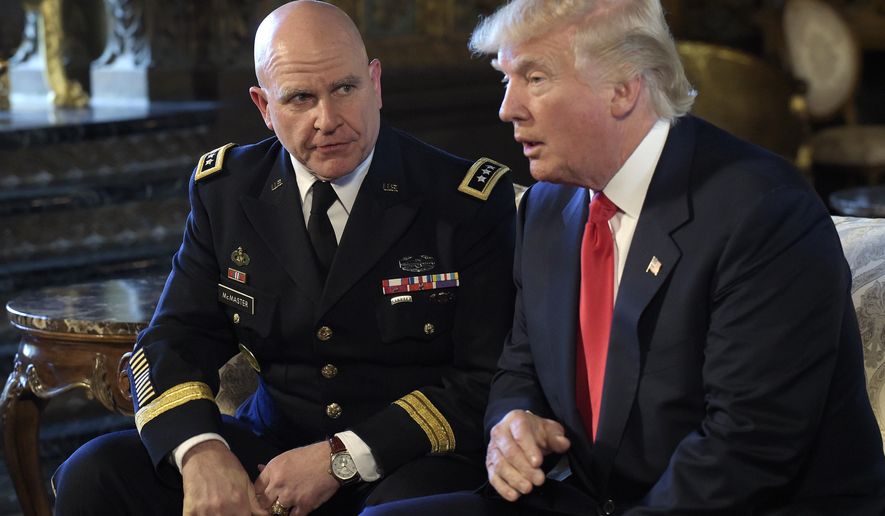Dinging the Mexican economy would send more immigrants northward
When word got out in January 1848 that gold had been discovered at Sutter’s Mill in Coloma, California, near Sacramento, it triggered the famous California Gold Rush, which in a few short years brought some 300,000 fortune seekers to the territory, whose population at the time was just 155,000, most of them Native Americans.
President Trump’s threat to impose a tariff on Mexican imports to pay for the border wall he’s proposed could have a similar stampede effect: causing more, not fewer, illegal immigrants to rush to the United States. It will take years to build a border wall; it will take little more than talk to trigger a potential border-wall rush.
If ever there was a policy proposal that could produce a result that’s the opposite of what’s intended, this is it.
The reason is simple: A 20 percent tariff on Mexican imports would be a disaster for the Mexican economy, destroying jobs and driving many of the jobless to seek work — legally or illegally — in the United States.
Mexico currently sends more than 80 percent of its exports to the United States: cars, auto parts, machinery, electrical equipment, medical instruments, oil, and fresh and processed fruits and vegetables, among other goods. In all, Mexico exported more than $316 billion in goods and services to the United States in 2015, the Office of the U.S. Trade Representative reported.
A 20 percent tariff would crush some of these industries
We’re not even the freest economy in the Americas. Canada and Chile beat us out this year — again.
Before looking at why, let’s consider how the index editors determine the scores. Each country is evaluated in four broad areas:
• Rule of law. Are property rights protected through an effective and honest judicial system? How widespread is corruption — bribery, extortion, graft, etc.?
• Limited government. Are taxes high or low? Is government spending kept under control, or is it growing unchecked?
• Regulatory efficiency. Are businesses able to operate without burdensome and redundant regulations? Are individuals able to work where and how much they want? Is inflation in check? Are prices stable?
• Open markets: Can goods be traded freely? Are there tariffs, quota or other restrictions? Can individuals invest their money where and how they see fit? Is there an open banking environment that encourages competition?
Let’s look at how the U.S. fares on these measures:
• Rule of law: Our judiciary functions independently and predictably, but the protection of property rights has been uneven. The Pew Research Center reported in late 2015 that only 19 percent of the public trusts the government all or most of the time.
• Government size: Here’s where we really lag freer economies. Our top individual income tax rate is 39.6 percent. The top corporate tax rate is among the world’s highest: 35 percent. Government spending at all levels amounts to about 38.3 percent of gross domestic product (roughly $30,000 per household). Spending keeps rising, and government keep growing.
• Regulatory efficiency: The number of federal regulations has increased substantially, raising total annual compliance costs to more than $100 billion in just seven years. (Thanks, President Obama.) Ballooning deficits are fueled by federal welfare programs, farm subsidies, “green” energy programs, corporate welfare and other special-interest spending.
• Open markets: The average applied tariff rate is 1.4 percent. Over one-third of all land is owned by government. The overall financial sector remains competitive, but the banking sector is hampered by such federal interference as the Dodd-Frank legislation.
The U.S. economy is remarkably resilient, but it needs help. Fortunately, the Trump administration has promised a sharp break with the regulatory, tax and trade policies of recent years.
Regaining our place among the top 10 economies won’t be easy, but it can be done. And the sooner, the better. Your move, President Trump.

No comments:
Post a Comment